Enduro mountain biking: everything you need to know
The race format that has transcended competition, enduro mountain biking has become one of the most popular riding disciplines around
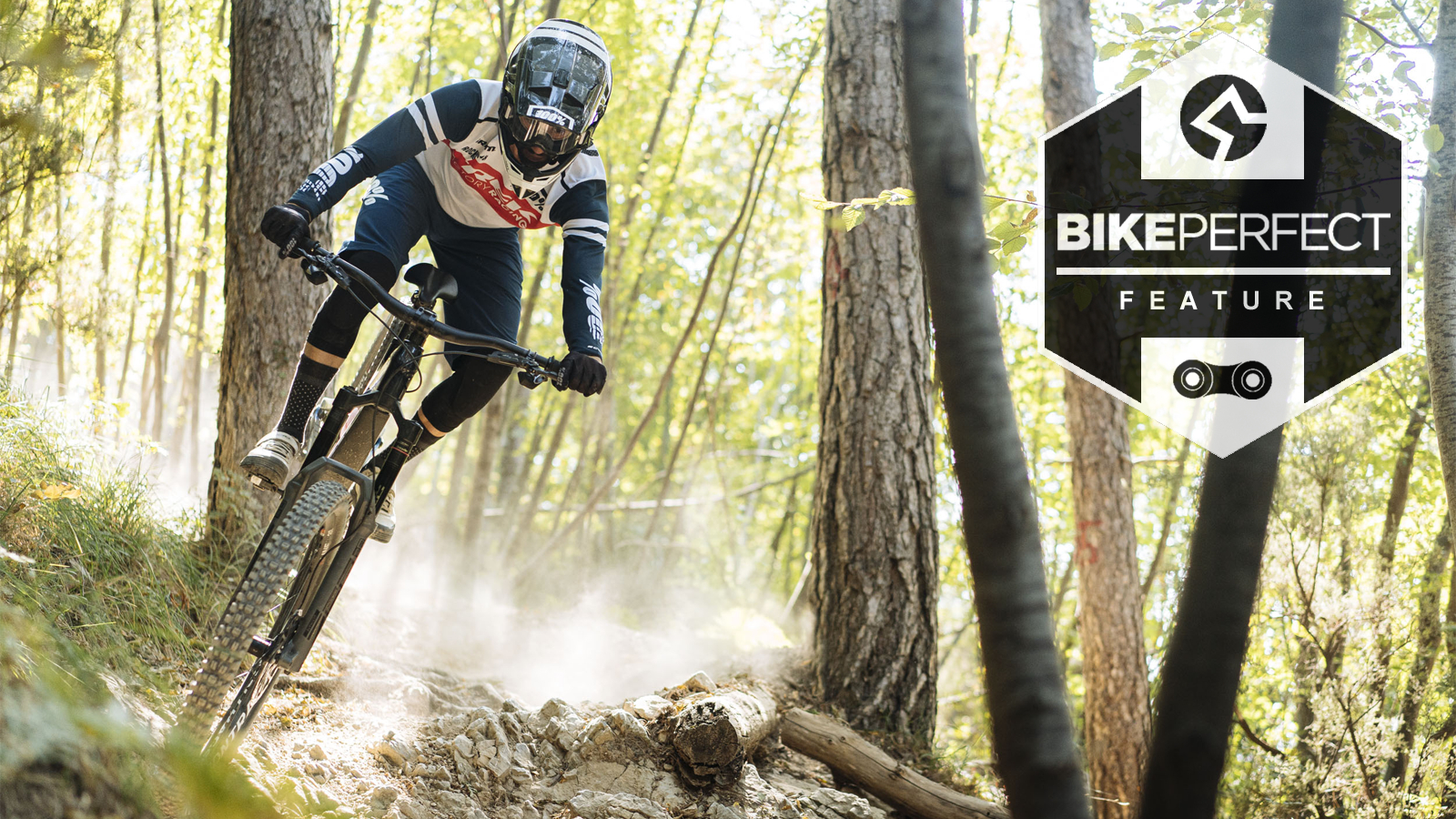
Enduro mountain biking has quickly grown in popularity to become one of the most predominant genres of mountain biking and has been a major component in shaping not only how we ride but the bikes we are riding. Enduro mountain biking has melded the two polar opposites of cross-country and downhill to create a racing and riding format that is as equally about skill level as it is about fitness.
Enduro racing could be defined as the corresponding race format to trail mountain biking. While both types of riding share a number of similarities, enduro riding focuses more on highly technical and rough descents, and the bikes which are used reflect this.
- Types of mountain bikes: all the different mountain bike categories explained
- Gravity mountain biking: everything you need to know
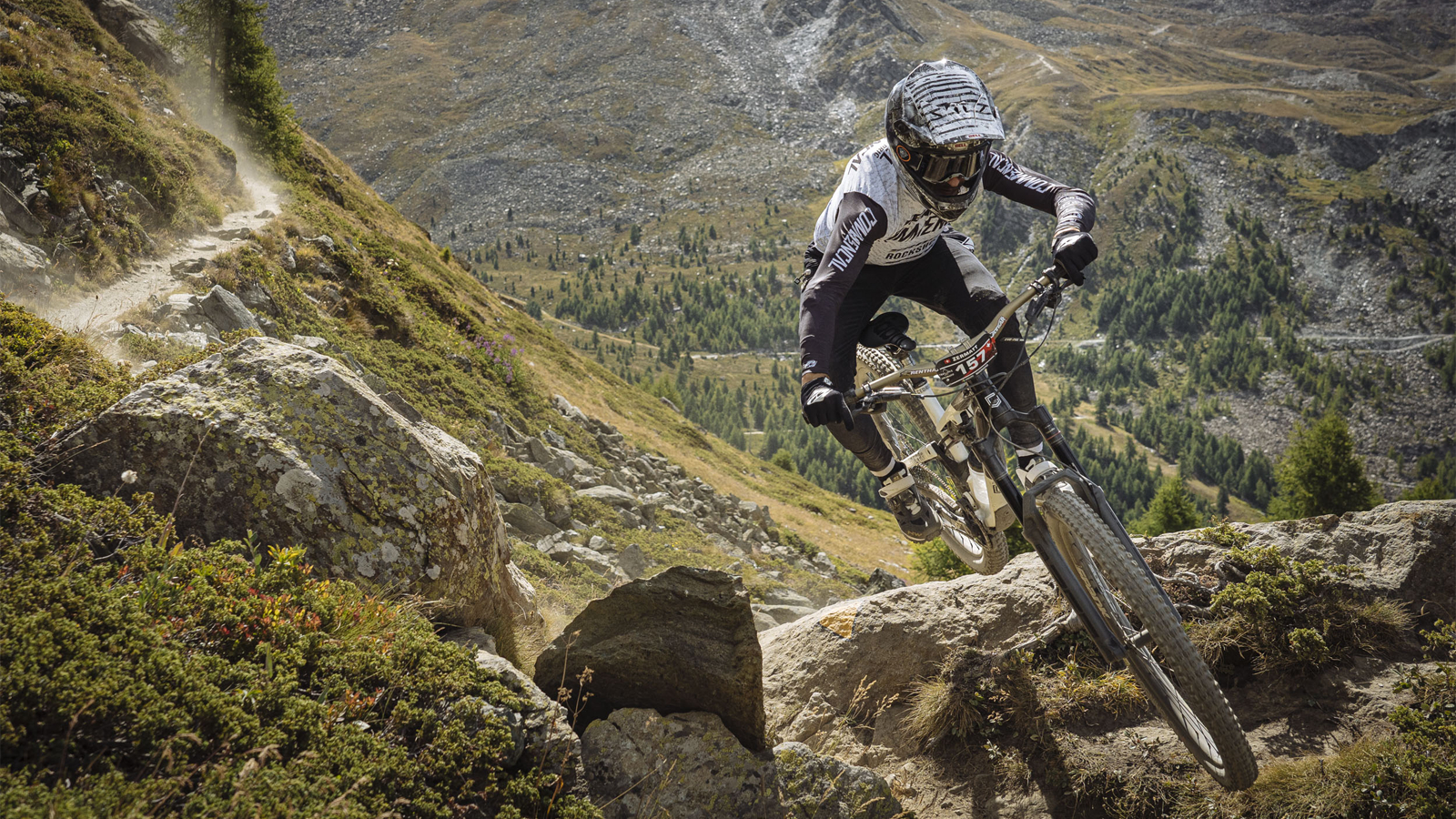
What is enduro mountain biking
An enduro race is a gravity-based event consisting of three or more timed stages and held over one or two days. Stages feature predominantly long downhills with technical and steep sections, however, they can include punchy climbs of up to 10 per cent to challenge a rider’s skill and fitness. While some races utilize mechanical uplift, the transfers or liaison sections between the stages are often ridden. They aren’t timed although there’s usually a time limit or cut off the riders must adhere to. The finishing times of each stage are added up for an overall time to determine the winner.
Enduro riding outwith the racing format is a term used to describe a mountain bike ride where you ride up as well as down a hill. Where enduro differs from trail mountain biking is the focus on the downhills, which are far more technical and not dissimilar from downhill mountain bike trails. In areas where there aren’t any lift-assisted downhill trails or bike parks enduro has become very popular as riders now have bikes that are capable of riding downhill tracks whilst also being able to ride to the top.
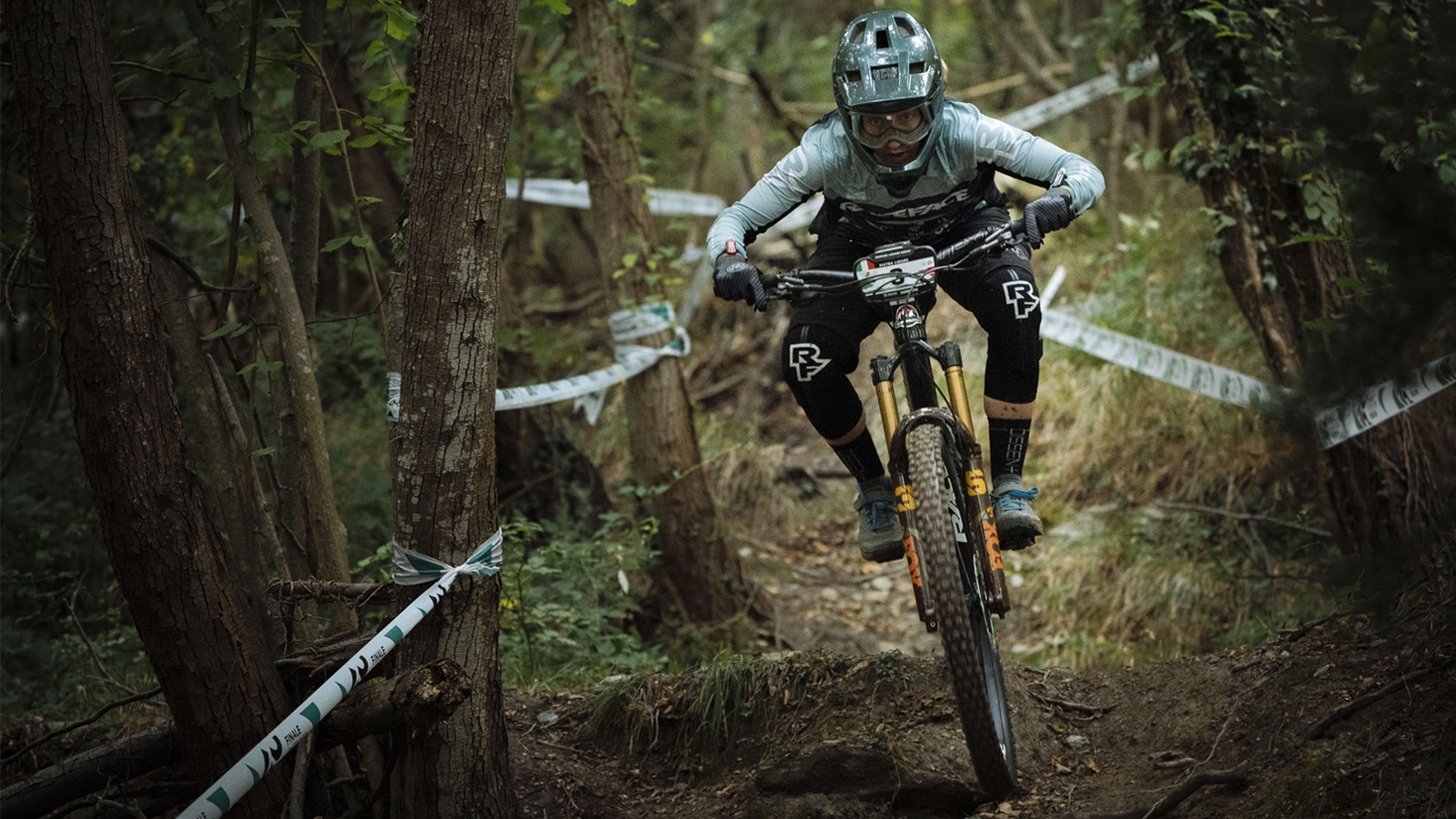
History of enduro mountain biking
Enduro mountain biking developed differently from other disciplines. Cross-country and downhill racing developed around the typical courses and conditions that were being ridden and a race format followed - but with enduro, it was the racing format that came first. It's thought that enduro-style riding already existed as a gravity-biased form of trail riding or under the moniker of ‘all-mountain’. However, it wasn’t until the Enduro World Series (EWS) gave enduro racing a platform that it really exploded in popularity as a riding discipline.
Modern enduro racing predates the Enduro World Series, with enduro and super enduro races existing previously with the enduro format being raced as early as 2003 in Europe, although it struggled to gain widespread popularity. Enduro really shot to the forefront when Chris Ball and the Enduro Mountain Bike Association set up the Enduro World Series in 2013. Starting as a seven-event international enduro series with the long-term goal to grow enduro riding as a sustainable worldwide discipline. Just eight years later and it’s safe to say that the EWS and enduro as a discipline is firmly established as one of the leading mountain bike disciplines.
The rise in popularity of enduro wasn’t only from the exposure given by the racing format - bike manufacturers should also take some credit. Thanks to developments in tech and geometry, increasingly capable hardcore trail bikes started combining efficient climbing characteristics while still having downhill slaying ability, something that hadn’t previously been possible. Early enduro bikes, such as the Nukeproof Mega, were hugely popular too, and, within a few years, most brands started jumping on the enduro train. The increasing improvements in suspension dampers, wide-range 1x drivetrains and dropper posts further helped drive performance which snowballed bike development and riding capabilities. Nowadays enduro bikes are some of the most versatile bikes available.
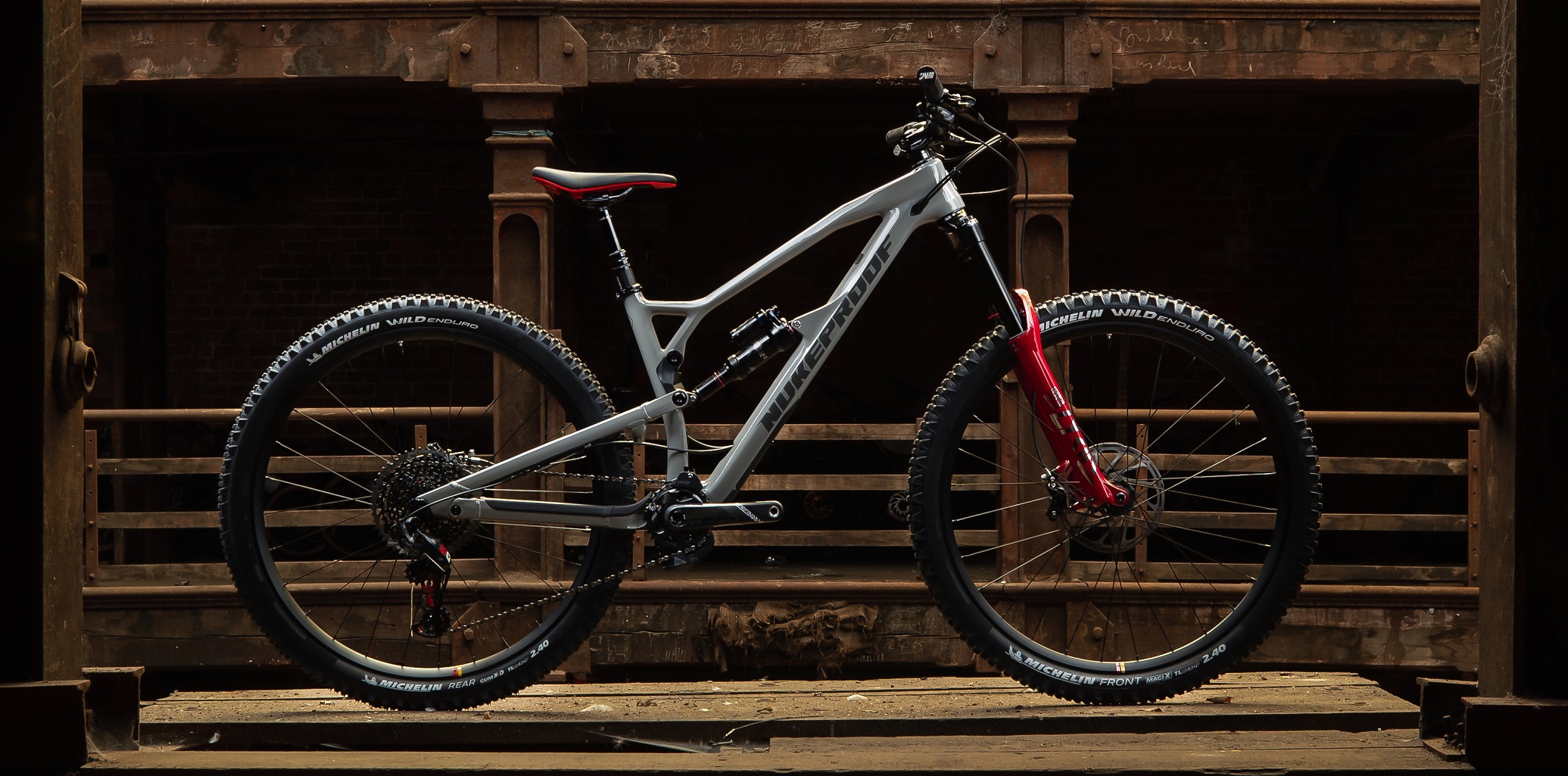
What's an enduro bike?
Enduro bikes are most similar to trail bikes although they sacrifice some climbing agility in favor of better descending capabilities. The best enduro bikes usually have between 150mm to 170 of suspension travel front and rear although some have up to 180mm and are sometimes referred to as super enduro bikes. Suspension is usually based around a single crown fork and both air and coil springs are used depending on the demands of the course. Over the last few years, 29er wheels have become the dominant wheel size for both racing and general riding although some riders have begun using mullet wheel setups (29 in front, 27.5 in rear). Heavy-duty wheels and tires are specced and tire inserts are popular for increased reliability over multiple race runs.
With enduro races demanding an element of self-sufficiency from the multiple stages and long transfers sections, riders need to be self-sufficient. Brands have begun looking at ways of integrating capacity to carry tools, food and water which has resulted in various different on-bike storage methods like internal downtube compartments, hidden tools and accessory bosses.
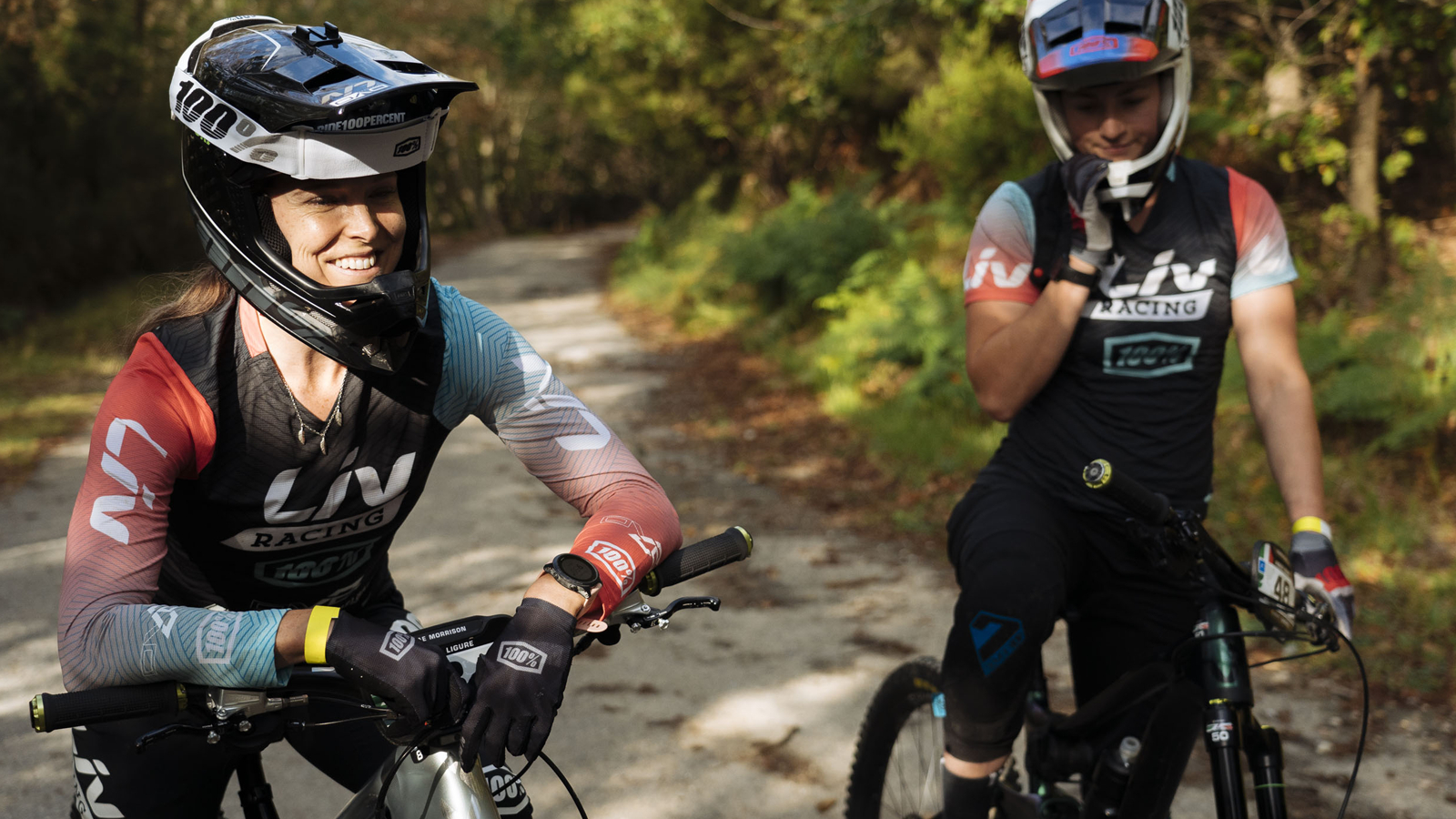
What to wear when enduro mountain biking
Enduro riders usually opt for similar style clothing to downhill riders although the clothing itself will be built from lighter material and tailored differently to improve comfort while pedaling the potentially long transfer stages. As races often involve a full day of riding, riders must be prepared for changeable weather conditions. Not only dressing appropriately but also carrying any spare clothing with them that they might need.
The best enduro helmets can be either open or full-face styles and are usually based on the intensity of the terrain being ridden or specific race rules. Convertible full-face helmets with removable chin bars have regained popularity as they are able to offer downhill-level safety certification on the descents with the open ventilation of an open-face helmet on the climbs.
The remaining safety equipment is a balance of comfort and safety. Knee pads are the bare minimum providing vital protection to the most commonly impacted area. Other increasingly slimline pieces of body armor are being integrated into base layers and undershorts to offer riders protection without limiting maneuverability. To provide the best eye protection against dirt and debris, goggles are preferred and gloves are worn to help grip the bars and protect hands.

Graham Cottingham joined the BikePerfect team as our senior tech writer in 2020. With over 20 years of riding experience, he has dabbled in downhill, enduro, and gravel racing. Not afraid of a challenge, Graham has embraced bikepacking over the last few years and likes nothing more than strapping some bags to his bike and covering big miles to explore Scotland's wildernesses. When he isn’t shredding the gnar in the Tweed Valley, sleeping in bushes, or tinkering with bikes, he is writing tech reviews for BikePerfect.
Rides: Cotic SolarisMax, Stooge MK4, 24 Bicycles Le Toy 3, Surly Steamroller
Height: 177cm
Weight: 71kg
